Documents
In all documents lines there are two fields Secondary Quantity and Secondary Unit Of Measure Code (the second one is not editable and it is copied from the Item Card).

Secondary quantity is editable and is in any case calculated automatically based on the settings on the Item Card (Secondary Qty. Calc. Method).
All the fields relating to the quantities to be shipped / received, invoiced and outstanding are also provided.
Other fields on the lines:
| Field | Description |
|---|---|
| Price Calc. Method | Copied from Item and manually editable |
| Price Unit of Measure Code | Calculated automatically based on the Secondary Qty. Calc. Method and not editable |
| Calc. Unit Price Excl. VAT. | Unit price calculated from the price lists and editable manually |
Transfer Orders
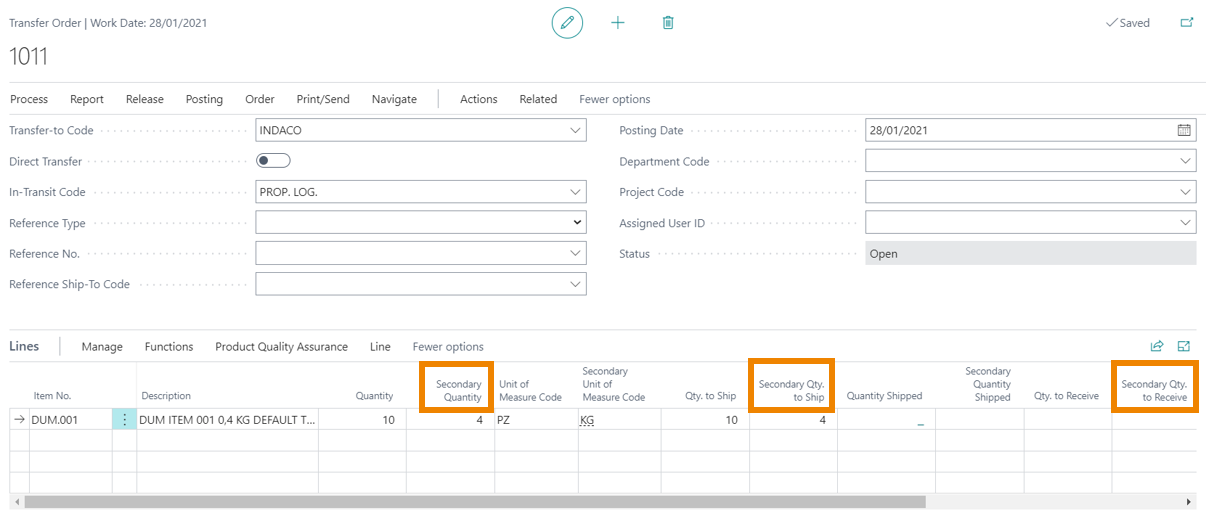
Warehouse Receipts and Shipments
Warehouse receipts and shipments have been implemented with the management of the second unit of measure.
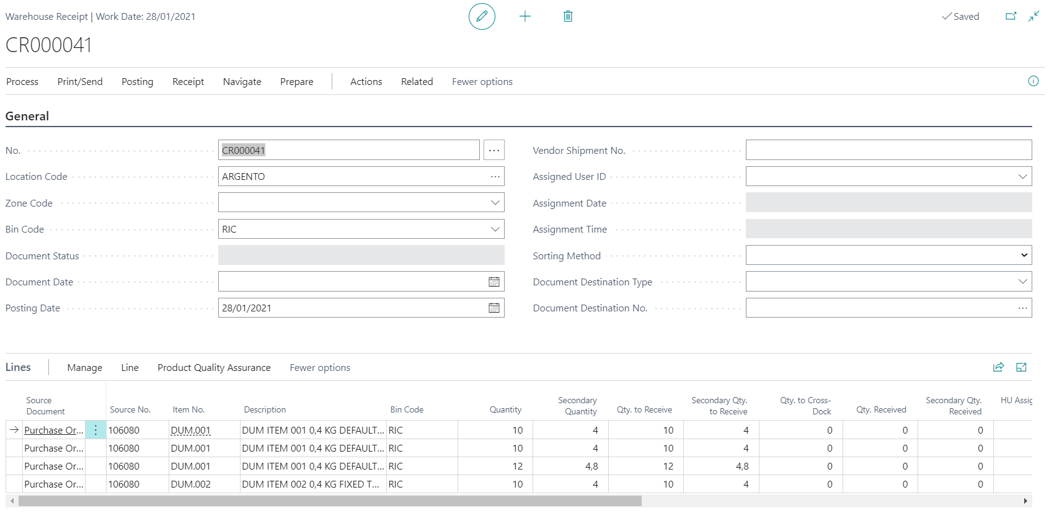
Item Tracking
Item Tracking is provided for all documents.
![]()
![]()
In all documents there is a line function, called Fill sec. qty. from tracking, to automatically set the secondary quantity to be managed equal to the sum of the secondary quantities declared in the tracking information:
![]()
If in the item card the Secondary Qty. Calc. Method is set to Fixed, this action also updates the quantity to be managed in the primary unit of measure.
Item ledger entries
The Secondary Quantity, the Secondary Invoiced Quantity and the Secondary Remaining Quantity are managed in the item ledger entries.
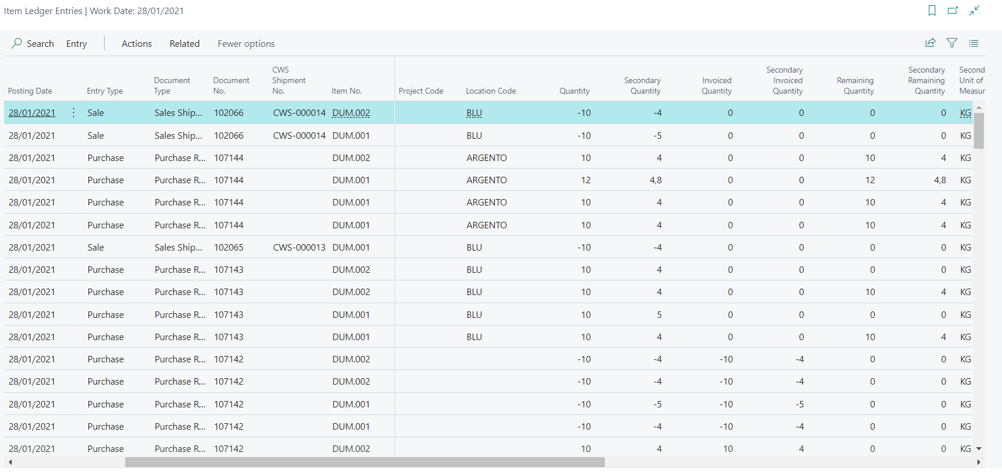
Please note there is no control over the secondary residual quantity, which is used to calculate availability.
Inventory per Secondary Unit of Measure
Three functions are available in the Item Card to analyze the inventory by secondary unit of measure.
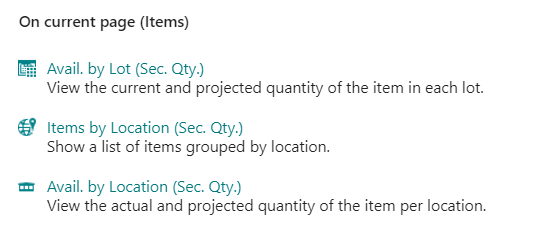
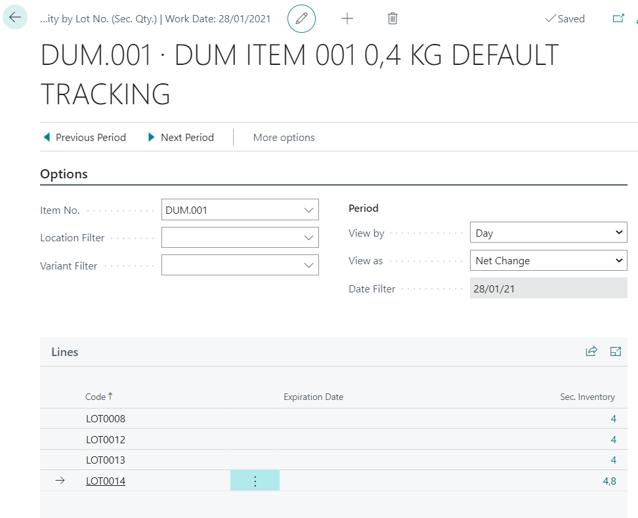
Invoicing
All invoicing functions, both sales and purchases, have been implemented with the management of the second units of measure. Specifically for sales:
- Get Shipment Lines
- Combine Shipments
- Extended Combine Shipments
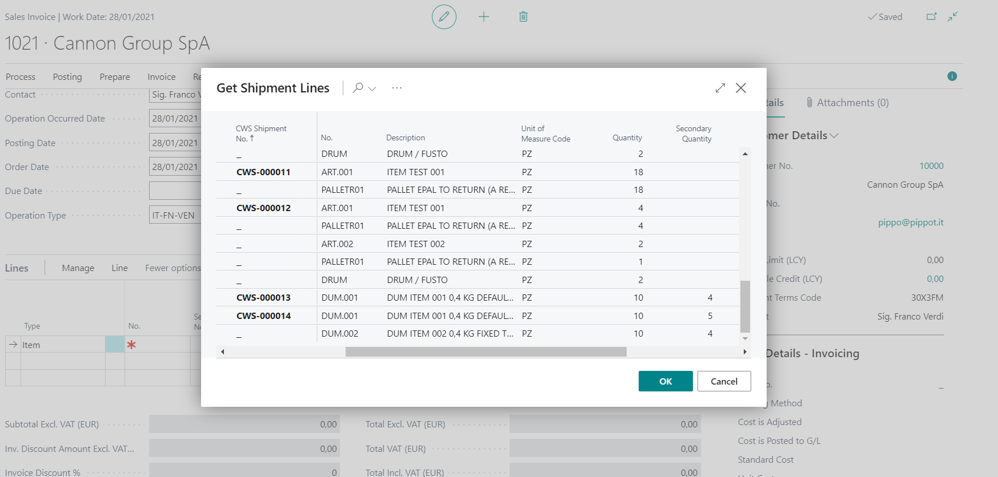
Posted Documents
Information relating to the second unit of measurement is managed in all posted documents: Sales Shipments, Purchase Receipts, Invoices, CWS, Warehouse Shipments and Receipts etc.
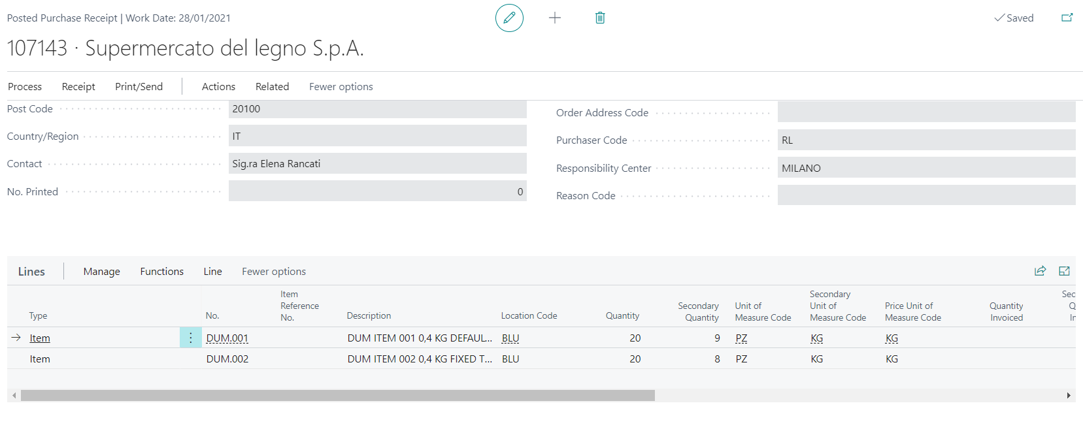
Item Journals

Warehouse
The app supports bin mandatory locations:
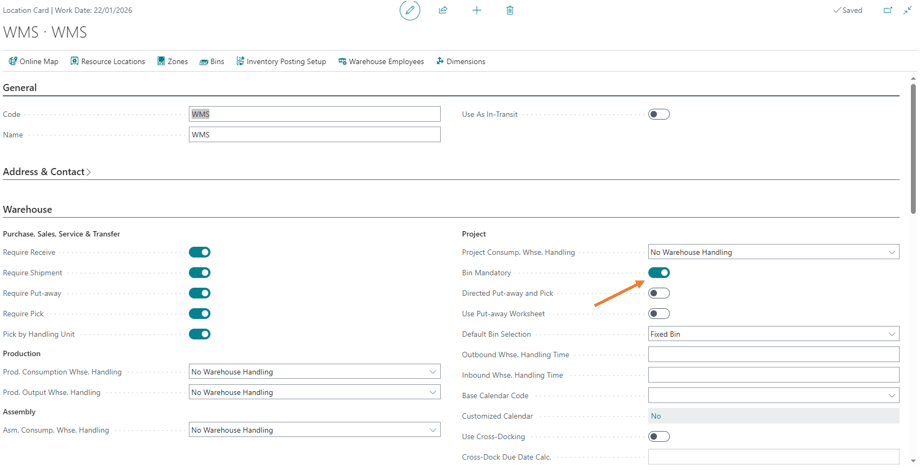
All dual unit of measure informations are also recorded in Warehouse Entries:

Vengono gestite in doppia unità di misura tutte le principali operazioni:
- Warehouse Receipt
- Warehouse Shipment
- Put-away
- Pick
- Whse. Item Journal
- Whse. Reclassification Journal
- Whse. Phys. Invt. Journal
- Warehouse Movements
- Pick Worksheets
- Internal Movement
- Movement Worksheet
- Inventory Movement
Output and Consumption Journals
The second unit of measure was implemented in output and consumption journals.

The production order does not contain information relating the quantities in the secondary unit of measure. Production BOM does not contain information about quantities in secondary unit of measure.
Physical Inventory Journals
The Dual Unit of Measure app has the ability to calculate physical inventory for Package No., as well as lot and serial. To implement the new feature, a report called 70624432 EOS051 Calc Inv SerialLotPack has been created. The previous report, 70624430 EOS051 Calculate Inv SerialLot, has been set to obsolete pending (it will be permanently deleted in BC30). The activation of the new report must be done via Feature Flags (EAL):

After the Feature Flag (EAL) is enabled, you can use the new report to calculate the physical inventory. Any customizations made in the previous calculation report must be redone in the new one. The new report can also be used by those who do not manage the Package No..

Feedback
Was this page helpful?
Glad to hear it! Please tell us how we can improve.
Sorry to hear that. Please tell us how we can improve.